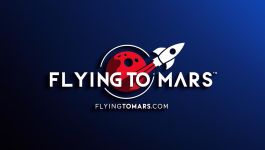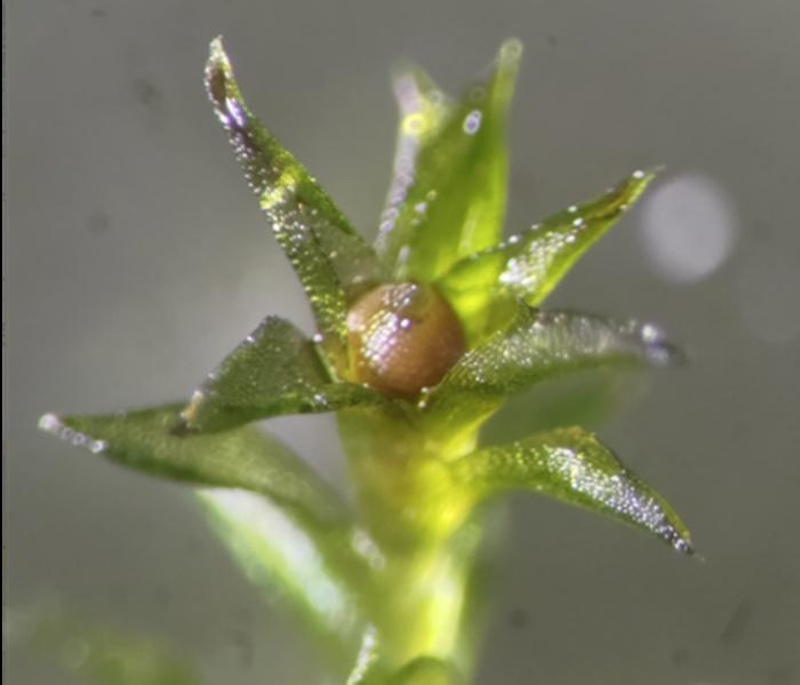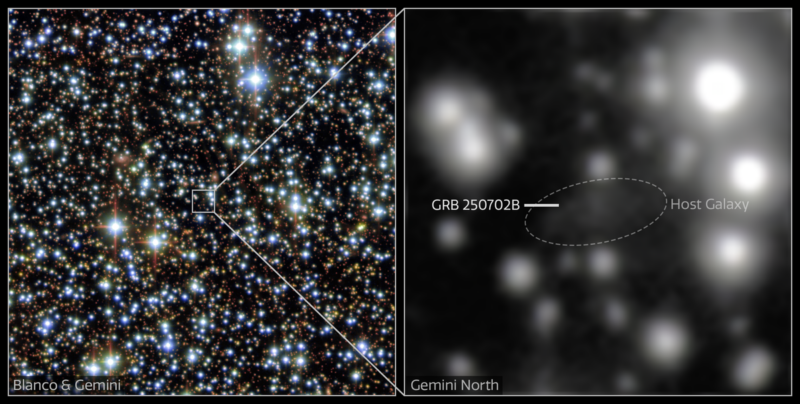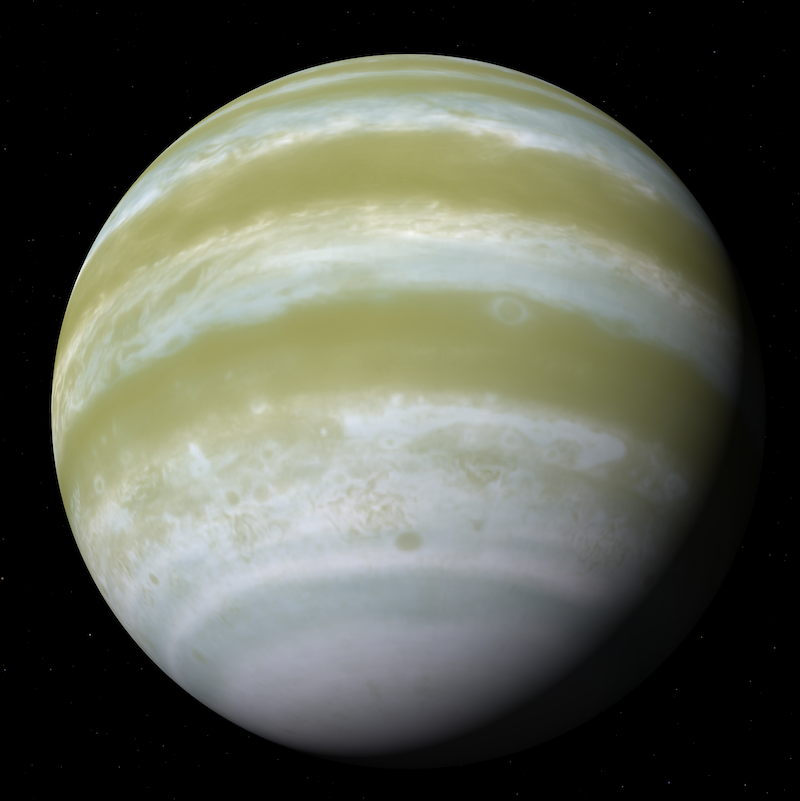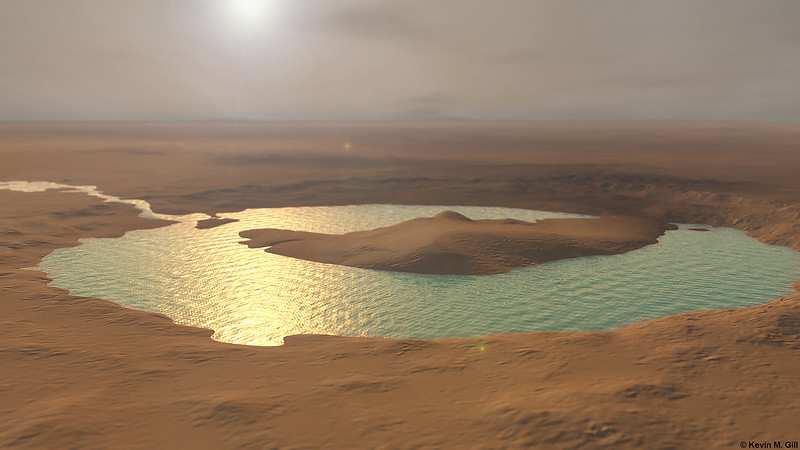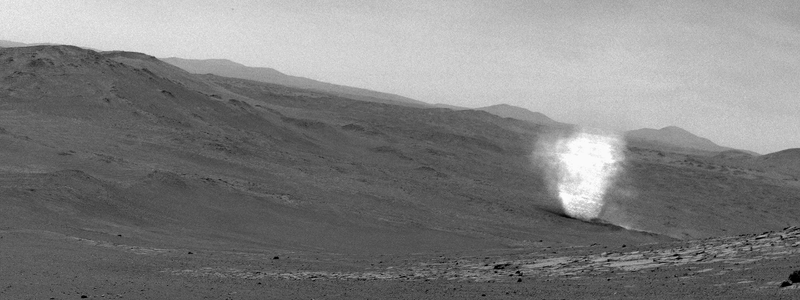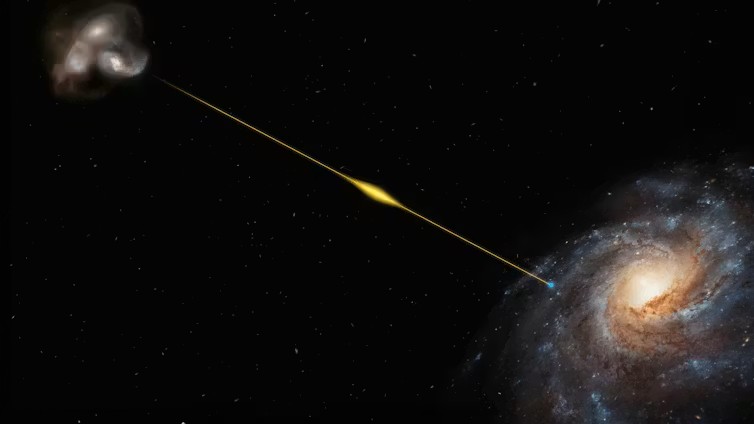Meet a spreading earthmoss known as Physcomitrella patens. It’s frequently used as a model organism for studies on plant evolution, development, and physiology. In this image, a reddish-brown sporophyte sits
EarthSky
Unusually long gamma-ray bursts require more exotic origins than typical gamma-ray bursts. This animation illustrates one proposed explanation. It shows a black hole eating a stellar-mass star. As the black
View larger. | Artist’s concept of TOI-270 d, a sub-Neptune world about 73 light-years away. New analysis of data from the James Webb Space Telescope suggests there might be an
View larger. | Artist’s concept of the ancient lake in Gale crater on Mars and the river that flowed into it. Evidence from thinly layered sediments in Gale crater, studied
These are dust devils on Mars, spotted by the Perseverance rover on September 6, 2025. Audio recordings from this rover have provided the 1st direct evidence that dust devils and
Mysterious blasts of radio waves from across the universe called fast radio bursts help astronomers catalog the whereabouts of normal matter in our universe. Image via ESO/ M. Kornmesser/ The
The 2026 EarthSky lunar calendar makes a great gift. Get yours today! NIST scientists have calculated that clocks on Mars will tick an average of 477 millionths of a second
Sgr A* marks the supermassive black hole at the center of our Milky Way galaxy. The green outlines are locations of star clusters. S2 is one such star cluster. Meanwhile,
View at EarthSky Community Photos. | Steven Bellavia captured Mercury’s sodium tail on the morning of December 3, 2025, from Surry, Virginia. Steven wrote: “A 24-million-km-long plume of gas is
NASA’s Nancy Grace Roman Space Telescope is now fully assembled! The space telescope is currently at the Goddard Space Flight Center in Greenbelt, Maryland. It will now undergo testing before
-
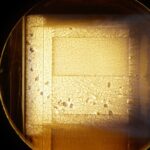 012024 in Review: Highlights from NASA in Silicon Valley
012024 in Review: Highlights from NASA in Silicon Valley -
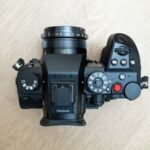 02Panasonic Leica Summilux DG 15mm f/1.7 ASPH review
02Panasonic Leica Summilux DG 15mm f/1.7 ASPH review -
 03From Polymerization-Enabled Folding and Assembly to Chemical Evolution: Key Processes for Emergence of Functional Polymers in the Origin of Life
03From Polymerization-Enabled Folding and Assembly to Chemical Evolution: Key Processes for Emergence of Functional Polymers in the Origin of Life -
 04How New NASA, India Earth Satellite NISAR Will See Earth
04How New NASA, India Earth Satellite NISAR Will See Earth -
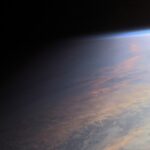 05And Thus Begins A New Year For Life On Earth
05And Thus Begins A New Year For Life On Earth -
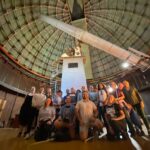 06Astronomy Activation Ambassadors: A New Era
06Astronomy Activation Ambassadors: A New Era -
07SpaceX launch surge helps set new global launch record in 2024
